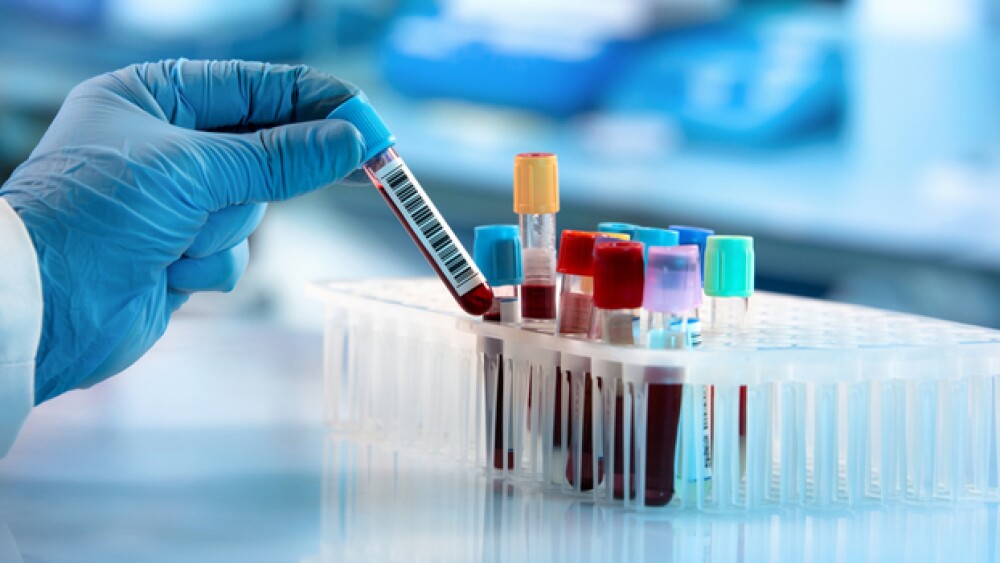In China, much like the United States, it is incredibly difficult to obtain a patent for a diagnostic method.
As medical technology-focused companies grapple with the questions of the patentability of their diagnostic methods, an intellectual property expert in China and Hong Kong believes it has found a way around some of the patent concerns in China.
In China, much like the United States, it is incredibly difficult to obtain a patent for a diagnostic method. Earlier this year, in the United States, one patent argument made its way to the U.S. Court of Appeals. In that case, Quest Diagnostics’ Athena division was crushed by the court’s decision that said it could not patent a neurological test. Quest had challenged the Mayo Clinic’s use of a similar diagnosis method. However, as Bloomberg reported in February, the Mayo Clinic was able to get the case dismissed by successfully arguing that the patent “simply covered a law of nature.” Mayo’s argument, Bloomberg reported, rested on a 2012 Supreme Court ruling that “put limits on what types of diagnostics tests could obtain the legal protection of a patent.”
Protecting intellectual property surrounding new diagnostic methods is becoming increasingly important in the U.S. and China, particularly as the global diagnostics market is expected to hit $78.4 billion by 2021. With that in mind, intellectual property experts have advised diagnostics makers of pathways where obtaining a patent is possible, particularly a focus on biological targets that were not previously associated with a disease could be patent-eligible.
And that is a similar move to what is going on in China. Kou, Fei (PhD, former Chinese Patent Examiner, current IP litigator at China NTD) and Lynn Wang (head of China NTD Silicon Valley Office), said they found several instances where patentability of diagnostic methods has been increased via “careful patent drafting.” Fei and Lynn lay out their argument using several case examples. The first case scenario relates to a diagnostics tool that uses a mass spectrometry method to detect the amount of vitamin B6 in body fluid samples. A deficiency or excess of B6 is related to a number of diseases, including peripheral neuropathy, depression, seborrheic dermatitis, nerve damage or the inability to control body movements.
At first glance, Fei and Lynn said the tool appears to be a diagnostic method that cannot be patented. However, the “invention’s patentability can be enhanced” with an emphasis that the tool relates to the improvement of existing detection methods and a notation that the detection results do not clearly correspond to any specific disease.
“Therefore, the invention does not directly indicate the health status of subjects, is not a diagnostic method for any disease, and should be patentable.”
In the second case, Fei pointed to a detection method that involves the resonance frequency of blood samples for patients battling different coagulation dysfunctions, which are blood clotting disorders. When filing for a patent in this arena, Fei and Lynn commented the specification must not include any language that could potentially mislead the agency to believe that coagulation dysfunction can be diagnosed by resonance frequency alone. Instead, a company seeking a patent for this tool should make it clear that the resonance frequency of a blood sample is only one of the indicators of hemostatic characteristics. Slow bleeding is only one symptom of coagulation dysfunction. The definite diagnosis of the disease relies on multiple screening tests, Fei said.
“It is impossible to diagnose the disease by the resonance frequency of blood samples alone. Therefore, a detection method involving only the resonance frequency of blood samples is not a diagnostic method,” Fei and Lynn said.
The final example provided by China NTD points to research that found Neuregulin 1 (NRG1), a protein that acts on the EGFR family of receptors, is related to schizophrenia. In the case study, Fei said there is an invention that relates to an in vitro method for determining whether NRG1 is a susceptible gene for schizophrenia. In vitro samples of confirmed schizophrenic patients were used as detection targets. After the biological characteristics of NRG1 gene alleles in the in vitro samples were analyzed, the NRG1 gene was identified as the susceptible gene for schizophrenia by using statistical analysis, Fei said. Rather than aiming at determining the diagnostic results, in order to gain a patent in China, the patent specification should “clearly describe that the detection target is an in vitro sample of confirmed schizophrenic patients.” Furthermore, China NTD said the applicant should state that the purpose of the invention is to identify the susceptibility to schizophrenia of nonspecific individuals. By defining itself thusly, Fei said the invention is not a diagnostic method and should be patentable.
With the above examples, Fei said the detection methods are not related to diagnosis so they belong to patentable subject matters. And that’s the path the IP-focused company is advising other China-based researchers dabbling in the diagnostics field.
“As long as the method can be used for detection purposes other than diagnosis, and the claim does not explicitly involve steps of diagnosis, the applicant can, for the purpose of obtaining patent rights, consider using such terms as ‘for non-diagnostic purpose’ to set out exclusions or restrictions for the claims in the patent application; thereby, disclaiming the scope of disease diagnosis,” Fei and Lynn noted.





